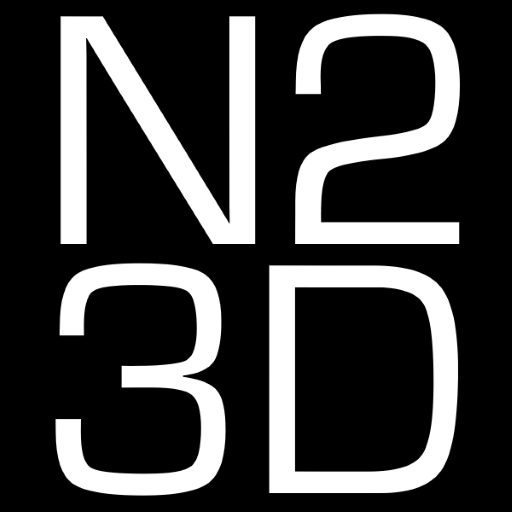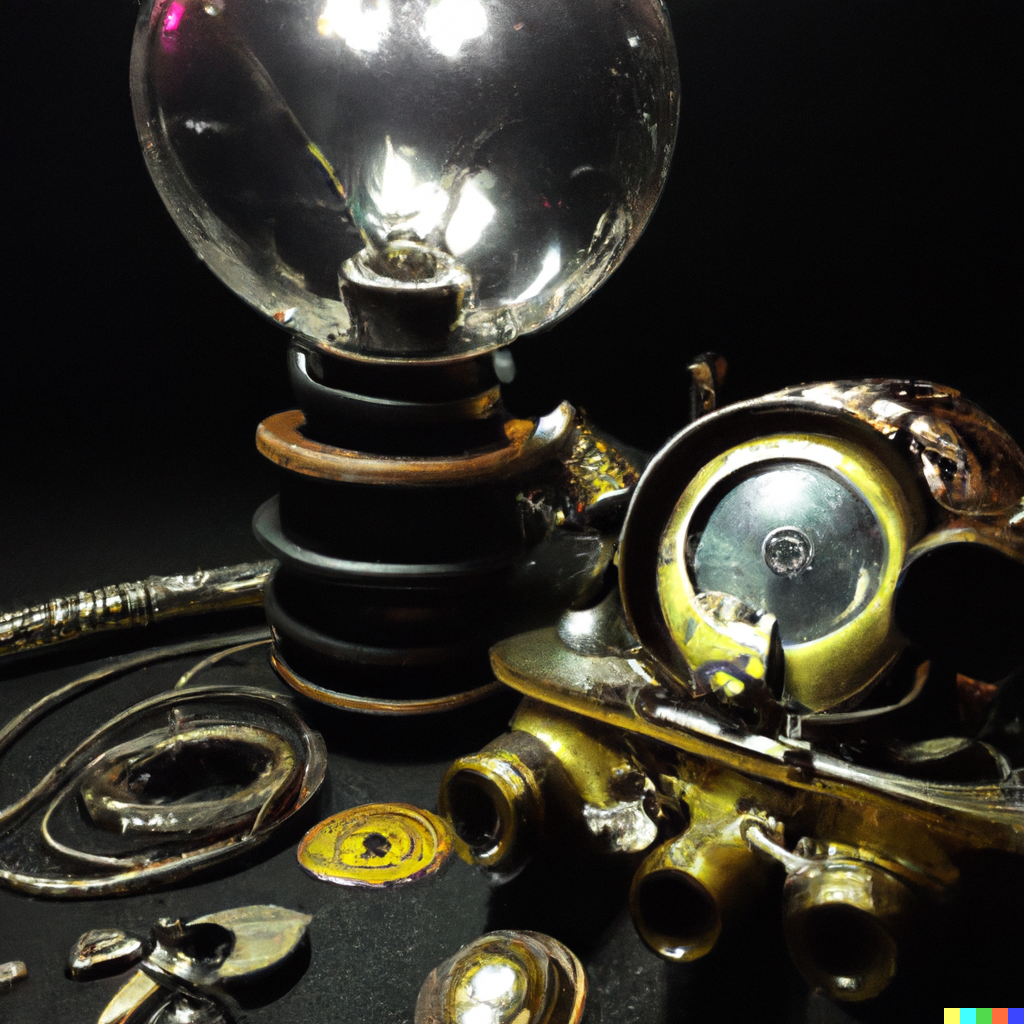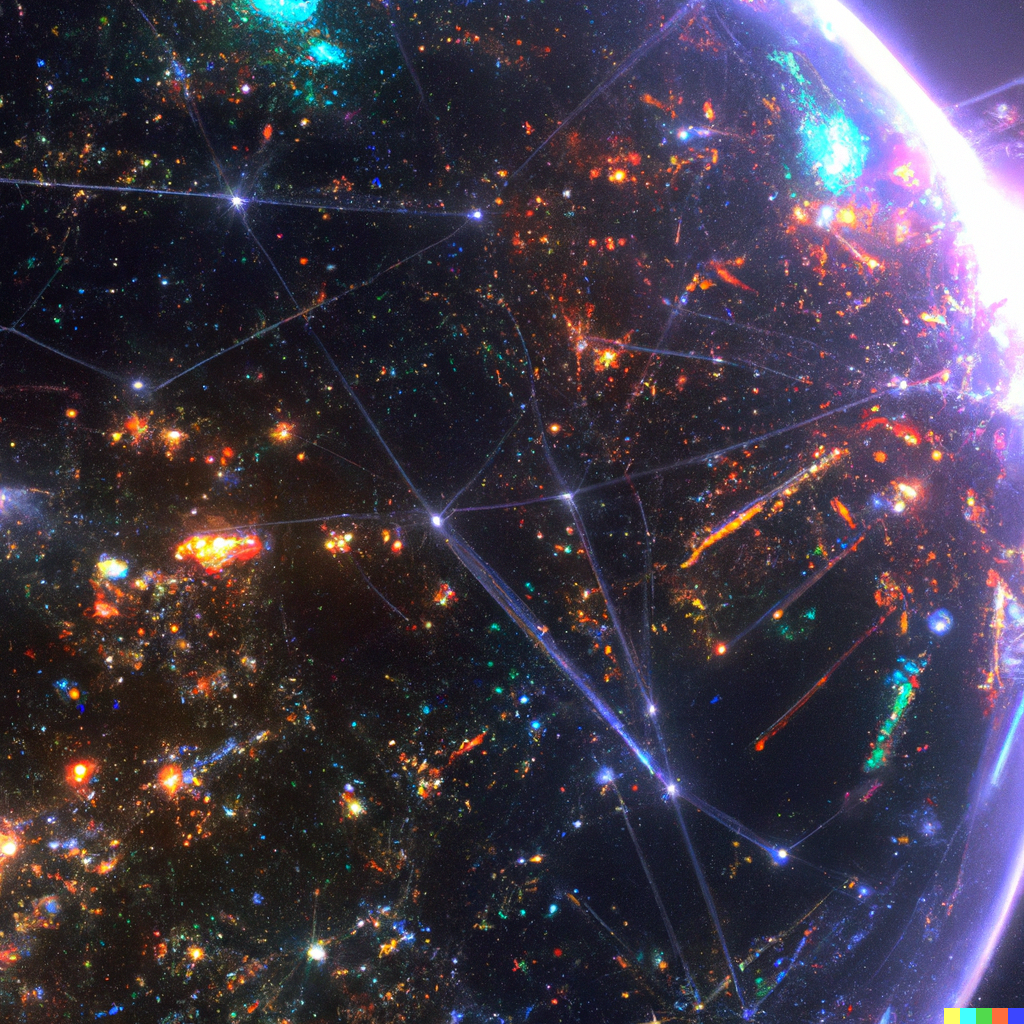Structural Engineering is a specialization within Civil Engineering that focuses on the design and analysis of structures, including buildings, bridges, and other infrastructure. Some of the most common Structural Engineering specializations include:
- Building Engineering: Building engineers design and analyze the structural systems of buildings, including high-rise buildings, residential buildings, and industrial buildings.
- Bridge Engineering: Bridge engineers design and analyze the structural systems of bridges, including highway bridges, pedestrian bridges, and railway bridges.
- Earthquake Engineering: Earthquake engineers design and analyze structures to resist seismic forces and minimize damage during earthquakes.
- Wind Engineering: Wind engineers design and analyze structures to resist wind forces and minimize damage during extreme wind events.
- Structural Dynamics: Structural dynamics engineers study the behavior of structures under dynamic loads, including earthquakes, wind, and other forces.
- Structural Mechanics: Structural mechanics engineers study the behavior of structures under static loads, including dead loads, live loads, and environmental loads.
- Steel Design: Steel designers focus on the design and analysis of steel structures, including steel buildings, bridges, and industrial structures.
- Concrete Design: Concrete designers focus on the design and analysis of reinforced concrete structures, including buildings, bridges, and other infrastructure.
- Masonry Design: Masonry designers focus on the design and analysis of masonry structures, including brick and stone buildings, walls, and arches.
- Timber Design: Timber designers focus on the design and analysis of timber structures, including timber buildings, bridges, and other infrastructure.
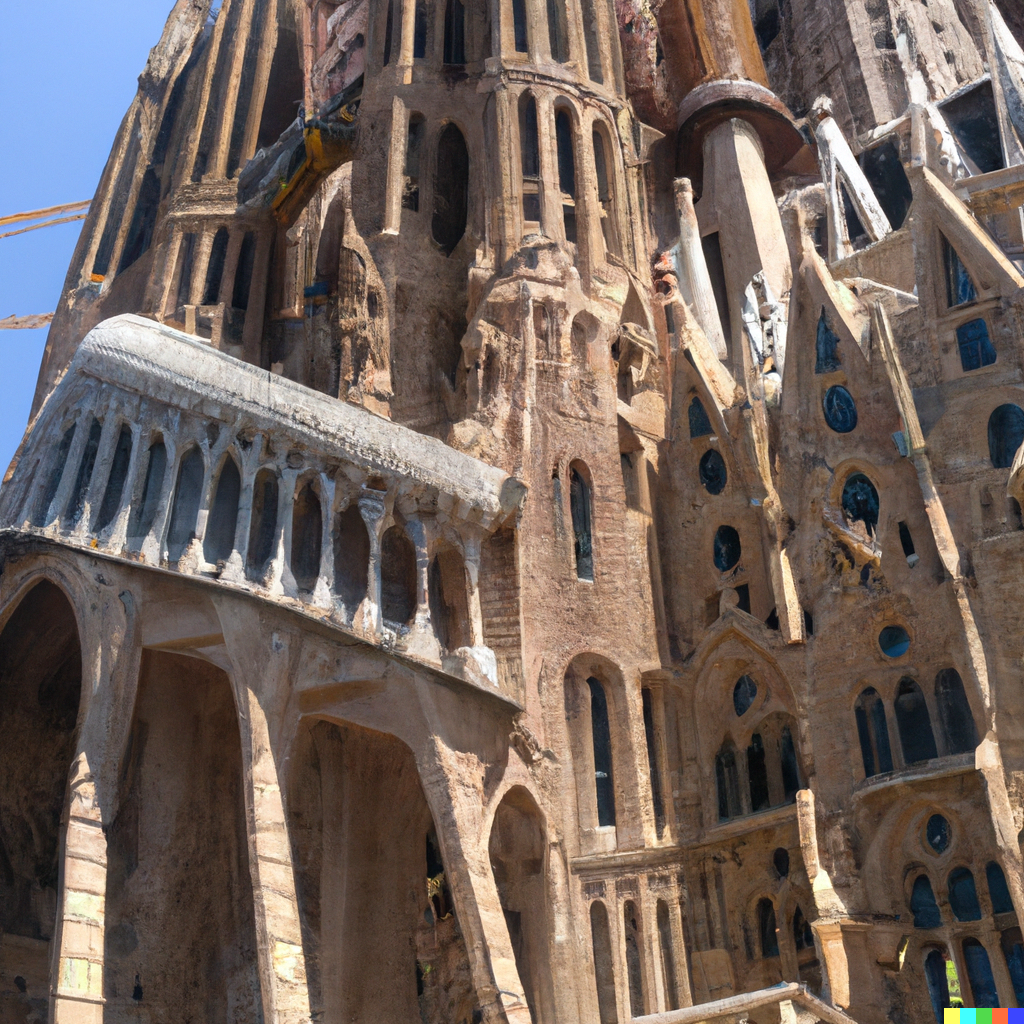
Building Engineering is a specialization within Civil Engineering that focuses on the design and analysis of building structures. Some of the most common Building Engineering specializations include:
- Structural Engineering: Structural engineers design and analyze the structural systems of buildings, including the design of foundations, columns, beams, and walls.
- Façade Engineering: Façade engineers focus on the design and analysis of the exterior building envelope, including the design of the façade, windows, and doors.
- Building Services Engineering: Building services engineers design and develop the mechanical, electrical, and plumbing systems of buildings, including heating, ventilation, air conditioning, lighting, and fire protection systems.
- Acoustical Engineering: Acoustical engineers design and analyze the acoustical performance of buildings, including the design of sound insulation, noise control, and audio systems.
- Fire Protection Engineering: Fire protection engineers design and develop fire protection systems for buildings, including fire alarms, sprinkler systems, and smoke control systems.
- Sustainable Building Design: Sustainable building designers focus on the design and development of environmentally sustainable buildings, including the use of renewable energy sources, green materials, and energy-efficient systems.
- Building Information Modeling (BIM): BIM specialists focus on the use of digital tools to design and manage building projects, including 3D modeling, simulation, and data management.
- Construction Engineering and Management: Construction engineers and managers focus on the planning, design, and management of construction projects, including project scheduling, cost estimating, and quality control.
- Building Physics: Building physics specialists focus on the physical behavior of buildings, including energy use, moisture management, and indoor environmental quality.
- Building Code Compliance: Building code specialists focus on ensuring that building designs and construction practices comply with local and national building codes and regulations.
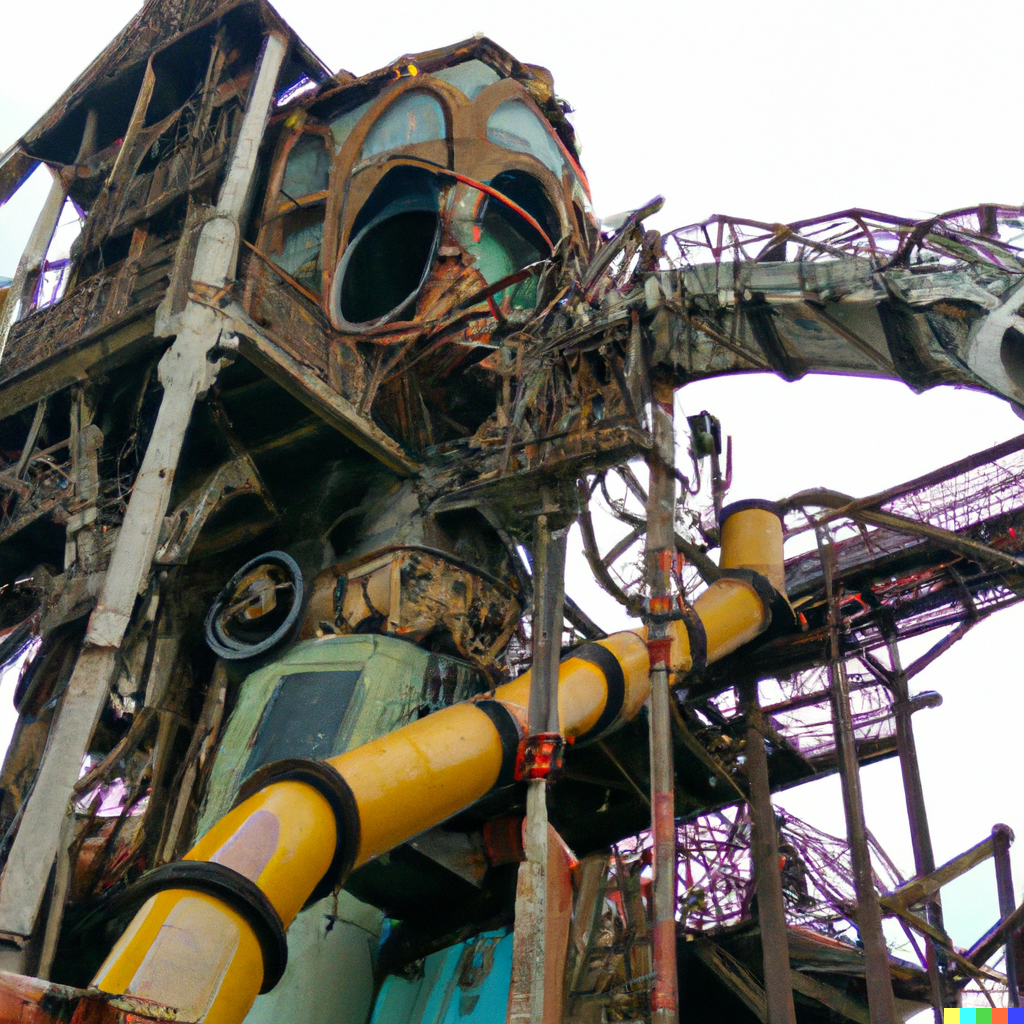
Bridge Engineering is a specialization within Civil Engineering that focuses on the design, construction, and maintenance of bridges. Some of the most common Bridge Engineering specializations include:
- Structural Engineering: Structural engineers design and analyze the structural systems of bridges, including the design of bridge decks, beams, piers, and abutments.
- Geotechnical Engineering: Geotechnical engineers focus on the behavior and properties of soil and rock, and design foundations, slopes, and underground structures that support bridges.
- Materials Engineering: Materials engineers focus on the properties and behavior of construction materials used in bridges, including steel, concrete, and composites.
- Bridge Inspection and Maintenance: Bridge inspectors and maintenance specialists focus on the inspection, evaluation, and maintenance of existing bridges, including the repair and replacement of damaged or worn-out bridge components.
- Bridge Management Systems: Bridge management specialists focus on the development of systems for managing large numbers of bridges, including the prioritization of bridge maintenance and repair activities.
- Wind Engineering: Wind engineers design and analyze bridges to resist wind forces and minimize damage during extreme wind events.
- Seismic Engineering: Seismic engineers design and analyze bridges to resist seismic forces and minimize damage during earthquakes.
- Bridge Hydraulics: Bridge hydraulics specialists design and analyze the hydraulic performance of bridges, including the design of bridge piers and abutments that allow water to flow freely.
- Bridge Aerodynamics: Bridge aerodynamics specialists design and analyze the aerodynamic performance of long-span bridges, including the design of bridge decks and towers that minimize wind-induced vibrations.
- Advanced Bridge Technologies: Advanced bridge technologists focus on the development and implementation of advanced bridge technologies, including intelligent bridge systems, sensor-based monitoring, and innovative materials and construction techniques.
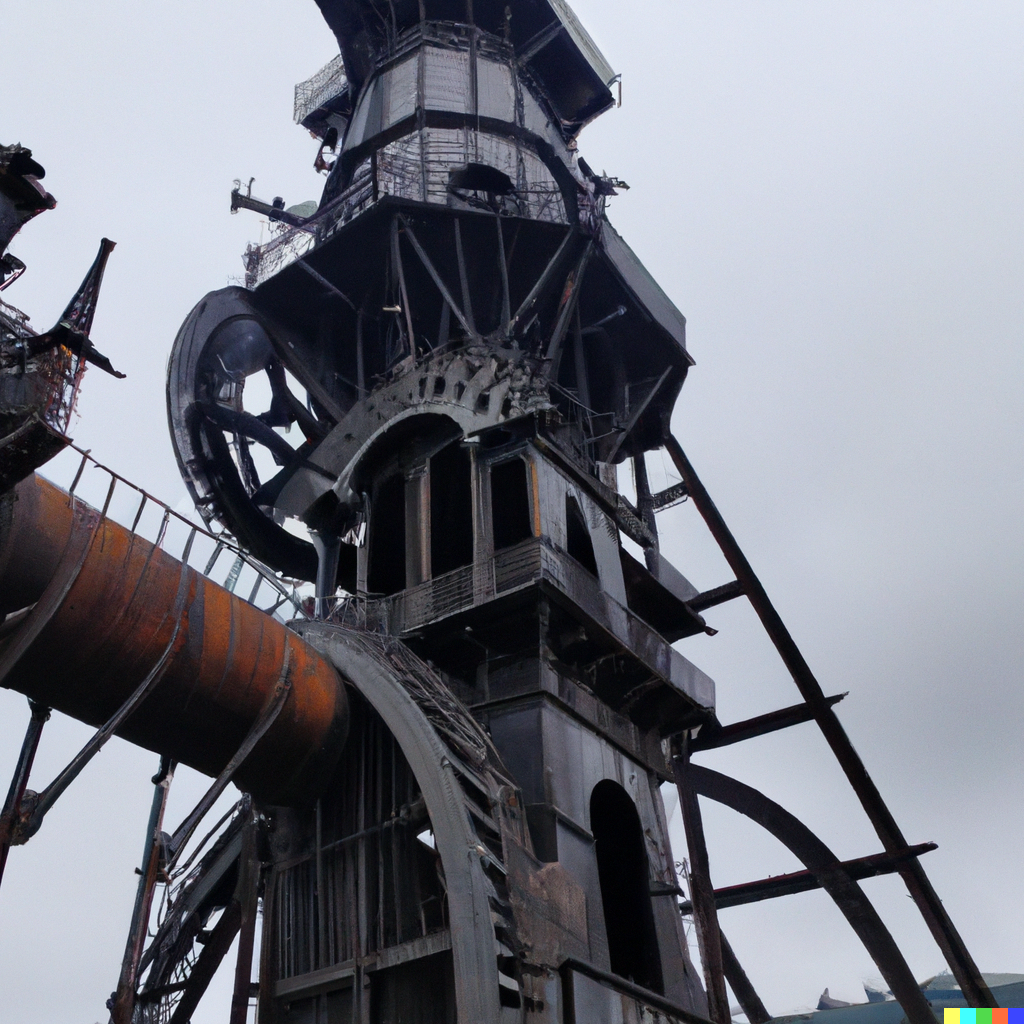
Earthquake Engineering is a specialization within Civil Engineering that focuses on the study of the behavior of structures and soils during seismic events, and the design of structures that can resist seismic forces. Some of the most common Earthquake Engineering specializations include:
- Structural Engineering: Structural engineers design and analyze the structural systems of buildings and other infrastructure, including the design of foundations, columns, beams, and walls, to resist seismic forces.
- Geotechnical Engineering: Geotechnical engineers focus on the behavior and properties of soil and rock, and design foundations, slopes, and underground structures that can resist seismic forces.
- Seismology: Seismologists study the causes and effects of earthquakes, including the measurement of seismic waves and the prediction of earthquake occurrence.
- Seismic Hazard Assessment: Seismic hazard assessors evaluate the probability and severity of seismic events in a particular region and the potential impact on structures and infrastructure.
- Earthquake Risk Management: Earthquake risk managers develop strategies and plans to manage earthquake risk, including the development of building codes, emergency response plans, and disaster recovery plans.
- Structural Dynamics: Structural dynamics engineers study the behavior of structures under dynamic loads, including earthquakes, and design structures that can withstand and minimize damage during seismic events.
- Seismic Retrofitting: Seismic retrofitting engineers focus on the evaluation and retrofitting of existing structures to make them more resistant to seismic forces.
- Earthquake-resistant Design: Earthquake-resistant designers focus on the design of new structures that can resist seismic forces, including the use of advanced materials and construction techniques.
- Nonlinear Structural Analysis: Nonlinear structural analysts study the behavior of structures under extreme loads, including seismic forces, and develop advanced analysis techniques to improve the accuracy of seismic response predictions.
- Performance-based Design: Performance-based designers focus on the design of structures based on their expected performance during a seismic event, rather than simply meeting code requirements.

Wind Engineering is a specialization within Civil Engineering that focuses on the study of the behavior of structures and materials under wind loads, as well as the design of structures that can withstand wind forces. Some of the most common Wind Engineering specializations include:
- Structural Engineering: Structural engineers design and analyze the structural systems of buildings and other infrastructure to resist wind forces, including the design of building facades, roofs, and other structural components.
- Wind Loads and Wind Effects: Wind load engineers study the nature and characteristics of wind loads on structures, including wind speed, direction, and turbulence, and design structures that can resist these forces.
- Aerodynamics: Aerodynamic engineers study the behavior of fluids and gases, including air, around structures, and develop models to predict wind loads on buildings and other infrastructure.
- Wind Energy Engineering: Wind energy engineers focus on the design and development of wind energy systems, including wind turbines and wind farms, to generate electricity from wind.
- Wind Tunnel Testing: Wind tunnel testers conduct physical testing of scaled models of structures to evaluate their performance under different wind loads and conditions.
- Wind-resistant Design: Wind-resistant designers focus on the design of new structures that can withstand wind forces, including the use of advanced materials and construction techniques.
- Wind-induced Vibrations: Wind-induced vibration engineers study the vibration behavior of structures under wind loads, and design structures that can resist these forces.
- Wind-resistant Cladding Design: Wind-resistant cladding designers focus on the design of the exterior cladding of buildings to resist wind forces, including the use of materials and detailing that improve wind resistance.
- Wind Hazard Mitigation: Wind hazard mitigation engineers focus on the development of strategies and plans to mitigate the impact of wind hazards on structures and infrastructure.
- Wind Risk Assessment: Wind risk assessors evaluate the potential impact of wind hazards on structures and infrastructure, and develop strategies and plans to minimize these risks.

Structural Dynamics is a specialization within Civil Engineering that focuses on the behavior of structures under dynamic loads, including earthquakes, wind, and other forces. Some of the most common Structural Dynamics specializations include:
- Earthquake Engineering: Earthquake engineers design and analyze structures to resist seismic forces and minimize damage during earthquakes.
- Wind Engineering: Wind engineers design and analyze structures to resist wind forces and minimize damage during extreme wind events.
- Blast Engineering: Blast engineers design and analyze structures to resist the effects of explosions, including the design of blast-resistant walls, windows, and roofs.
- Vibration Control: Vibration control specialists design and implement strategies to control and reduce vibrations in structures, including the use of dampers and other vibration control devices.
- Seismic Isolation: Seismic isolation specialists design and implement systems to isolate buildings and other infrastructure from seismic waves, including the use of base isolators and other seismic isolation devices.
- Nonlinear Structural Analysis: Nonlinear structural analysts study the behavior of structures under extreme loads, including seismic forces and blasts, and develop advanced analysis techniques to improve the accuracy of dynamic response predictions.
- Structural Health Monitoring: Structural health monitoring specialists develop and implement systems to monitor the health and performance of structures over time, including the use of sensors and other monitoring devices.
- Dynamic Testing: Dynamic testing specialists conduct physical testing of structures under dynamic loads to evaluate their performance and improve design and analysis methods.
- Advanced Structural Materials: Advanced structural material specialists focus on the development and use of advanced materials, including composites and other materials with improved strength and stiffness, to enhance the dynamic response of structures.
- Performance-based Design: Performance-based designers focus on the design of structures based on their expected performance under dynamic loads, rather than simply meeting code requirements.
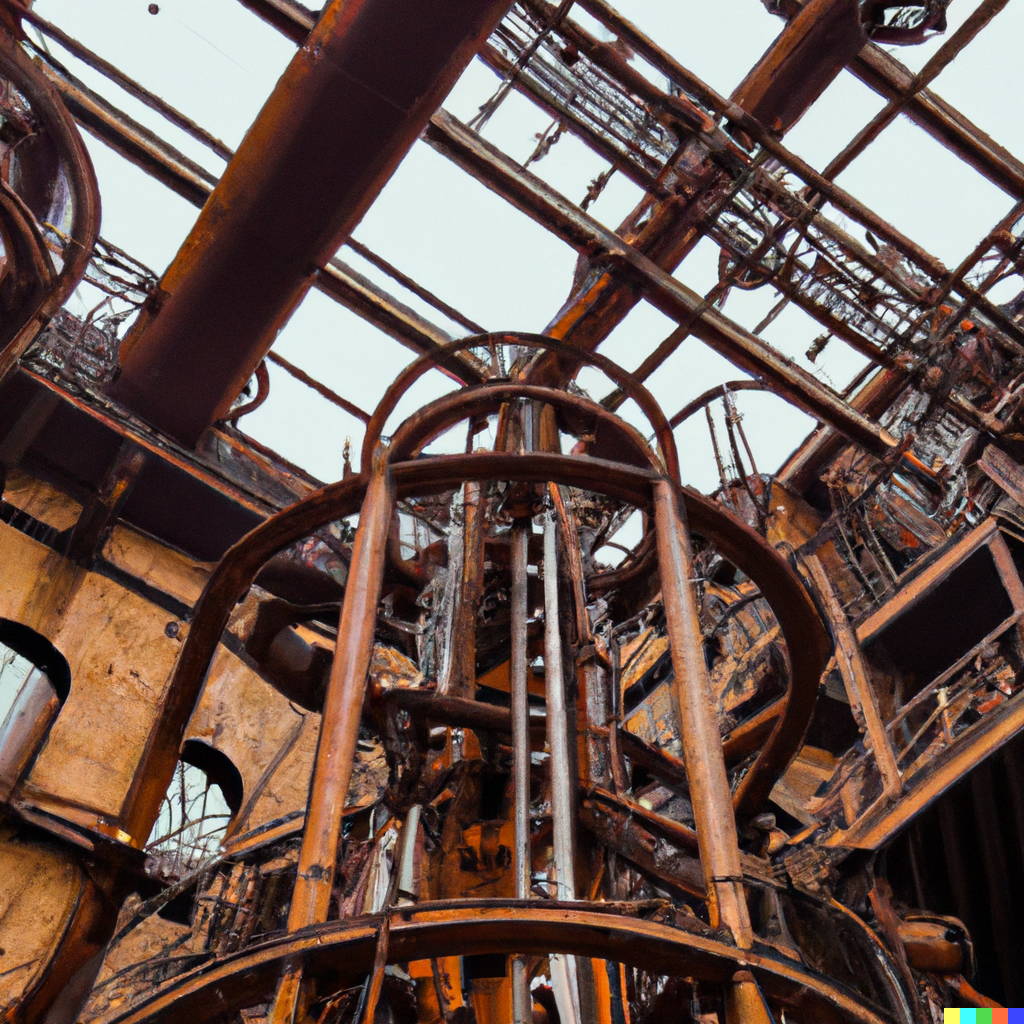
Structural Mechanics is a specialization within Civil Engineering that focuses on the behavior of structures under static loads, including dead loads, live loads, and environmental loads. Some of the most common Structural Mechanics specializations include:
- Building Engineering: Building engineers design and analyze the structural systems of buildings, including high-rise buildings, residential buildings, and industrial buildings.
- Bridge Engineering: Bridge engineers design and analyze the structural systems of bridges, including highway bridges, pedestrian bridges, and railway bridges.
- Geotechnical Engineering: Geotechnical engineers focus on the behavior and properties of soil and rock, and design foundations, slopes, and underground structures that support structures.
- Composite Materials: Composite material specialists focus on the development and use of composite materials, including fiber-reinforced plastics and other materials with improved strength and stiffness, to enhance the structural response of structures.
- Nonlinear Structural Analysis: Nonlinear structural analysts study the behavior of structures under extreme loads, including plastic deformation and buckling, and develop advanced analysis techniques to improve the accuracy of response predictions.
- Fracture Mechanics: Fracture mechanics specialists focus on the study of the initiation and propagation of cracks in structures, and develop methods to predict and prevent failure due to cracking.
- Experimental Mechanics: Experimental mechanics specialists conduct physical testing of structures to evaluate their behavior and improve design and analysis methods.
- Structural Optimization: Structural optimization specialists use computational methods to optimize the design of structures, including the selection of materials and the optimization of structural geometry.
- Finite Element Analysis: Finite element analysts use computational methods to simulate the behavior of structures under different loads and conditions, and predict structural response.
- Advanced Structural Materials: Advanced structural material specialists focus on the development and use of advanced materials, including ceramics, metals, and polymers, to enhance the structural response of structures.

Steel Design is a specialization within Structural Engineering that focuses on the design and analysis of steel structures, including steel buildings, bridges, and industrial structures. Some of the most common Steel Design specializations include:
- Building Engineering: Building engineers design and analyze the structural systems of steel buildings, including the design of steel frames, columns, and beams.
- Bridge Engineering: Bridge engineers design and analyze the structural systems of steel bridges, including the design of steel girders, trusses, and cables.
- Steel Connection Design: Steel connection designers focus on the design of connections between steel members in a structure, including bolts, welds, and other joining methods.
- Seismic Design: Seismic designers focus on the design of steel structures to resist seismic forces and minimize damage during earthquakes.
- Wind Design: Wind designers focus on the design of steel structures to resist wind forces and minimize damage during extreme wind events.
- Advanced Structural Analysis: Advanced structural analysts use computational methods to simulate the behavior of steel structures under different loads and conditions, and predict structural response.
- Fire Protection Design: Fire protection designers focus on the design of steel structures to resist the effects of fire, including the use of fire-resistant coatings and insulation.
- Steel Material Selection: Steel material selectors focus on the selection of steel materials for a structure, including the choice of different types of steel and the use of coatings and finishes to enhance steel performance.
- Steel Fatigue and Fracture Mechanics: Steel fatigue and fracture mechanics specialists focus on the study of the initiation and propagation of cracks and other defects in steel structures, and develop methods to predict and prevent failure due to fatigue and fracture.
- Steel Sustainability: Steel sustainability specialists focus on the use of sustainable steel materials and design practices, including the use of recycled steel, green coatings, and other sustainable technologies.
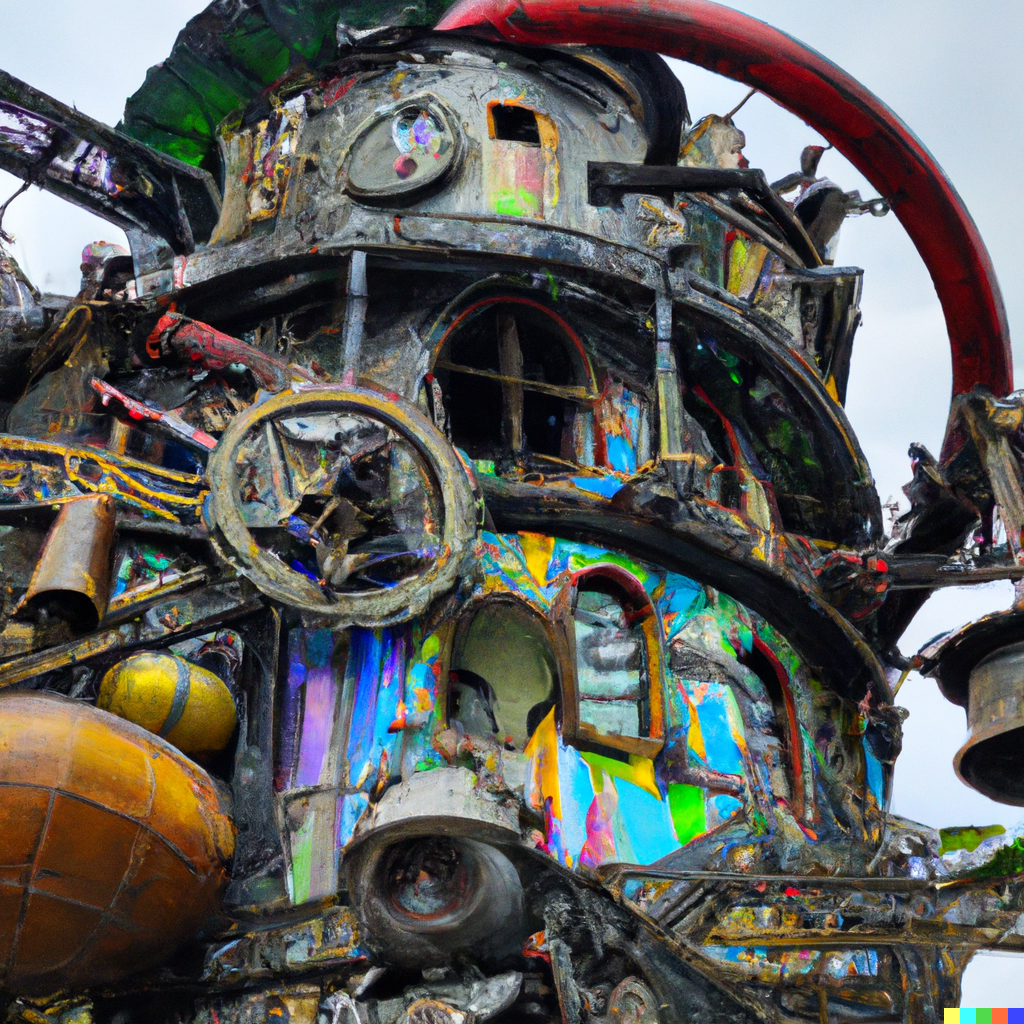
Concrete Design is a specialization within Structural Engineering that focuses on the design and analysis of reinforced concrete structures, including buildings, bridges, and other infrastructure. Some of the most common Concrete Design specializations include:
- Building Engineering: Building engineers design and analyze the structural systems of concrete buildings, including the design of reinforced concrete frames, columns, and beams.
- Bridge Engineering: Bridge engineers design and analyze the structural systems of concrete bridges, including the design of reinforced concrete girders, decks, and piers.
- Concrete Mix Design: Concrete mix designers focus on the selection and proportioning of concrete materials, including the selection of aggregates, cements, and admixtures, to optimize the strength, durability, and other properties of concrete.
- Concrete Formwork Design: Concrete formwork designers focus on the design of the temporary structures used to shape and support concrete during construction, including the selection of formwork materials and the design of formwork systems.
- Seismic Design: Seismic designers focus on the design of concrete structures to resist seismic forces and minimize damage during earthquakes.
- Prestressed Concrete Design: Prestressed concrete designers focus on the use of pre-tensioning and post-tensioning techniques to enhance the strength and durability of concrete structures.
- Advanced Structural Analysis: Advanced structural analysts use computational methods to simulate the behavior of concrete structures under different loads and conditions, and predict structural response.
- Concrete Durability Design: Concrete durability designers focus on the selection of materials and design practices to enhance the durability of concrete structures, including the use of protective coatings, concrete additives, and other sustainable technologies.
- Concrete Recycling and Reuse: Concrete recycling and reuse specialists focus on the use of recycled concrete materials in new construction, including the design of new concrete mixtures and the development of sustainable construction practices.
- Sustainable Concrete Design: Sustainable concrete designers focus on the use of sustainable materials and design practices in concrete construction, including the use of recycled materials, low-carbon cement, and other sustainable technologies.
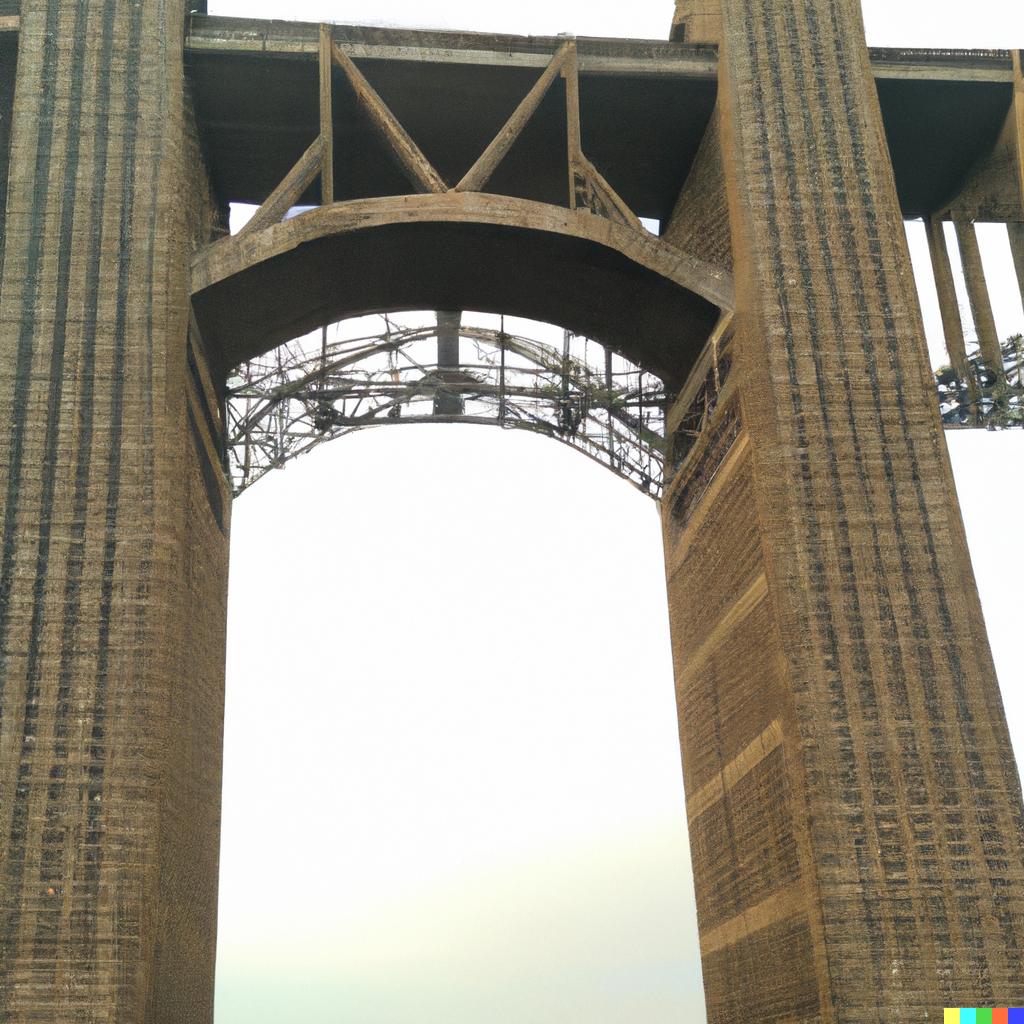
Masonry Design is a specialization within Structural Engineering that focuses on the design and analysis of masonry structures, including brick, block, and stone structures. Some of the most common Masonry Design specializations include:
- Building Engineering: Building engineers design and analyze the structural systems of masonry buildings, including the design of masonry walls, columns, and lintels.
- Restoration and Preservation: Restoration and preservation specialists focus on the repair and rehabilitation of historic masonry structures, including the evaluation of existing structures, the design of repairs, and the selection of appropriate materials.
- Masonry Materials Selection: Masonry materials selectors focus on the selection of masonry materials for a structure, including the choice of different types of brick, block, and stone, and the use of coatings and finishes to enhance masonry performance.
- Seismic Design: Seismic designers focus on the design of masonry structures to resist seismic forces and minimize damage during earthquakes.
- Wind Design: Wind designers focus on the design of masonry structures to resist wind forces and minimize damage during extreme wind events.
- Structural Analysis: Structural analysts use computational methods to simulate the behavior of masonry structures under different loads and conditions, and predict structural response.
- Masonry Mortar Mix Design: Masonry mortar mix designers focus on the selection and proportioning of mortar materials, including the selection of aggregates, cements, and admixtures, to optimize the strength, durability, and other properties of mortar.
- Masonry Wall Ties and Anchors: Masonry wall ties and anchor designers focus on the design of connections between masonry walls and other structural systems, including the design of ties and anchors to resist lateral forces.
- Masonry Code Compliance: Masonry code compliance specialists focus on the interpretation and application of masonry building codes and standards, including the development of compliance strategies and the management of compliance programs.
- Sustainable Masonry Design: Sustainable masonry designers focus on the use of sustainable materials and design practices in masonry construction, including the use of recycled materials, green coatings, and other sustainable technologies.

Timber Design is a specialization within Structural Engineering that focuses on the design and analysis of timber structures, including buildings, bridges, and other infrastructure. Some of the most common Timber Design specializations include:
- Building Engineering: Building engineers design and analyze the structural systems of timber buildings, including the design of timber frames, columns, and beams.
- Bridge Engineering: Bridge engineers design and analyze the structural systems of timber bridges, including the design of timber girders, decks, and piers.
- Timber Connection Design: Timber connection designers focus on the design of connections between timber members in a structure, including the design of bolts, screws, and other joining methods.
- Seismic Design: Seismic designers focus on the design of timber structures to resist seismic forces and minimize damage during earthquakes.
- Wind Design: Wind designers focus on the design of timber structures to resist wind forces and minimize damage during extreme wind events.
- Timber Material Selection: Timber material selectors focus on the selection of timber materials for a structure, including the choice of different types of wood and the use of coatings and finishes to enhance timber performance.
- Advanced Structural Analysis: Advanced structural analysts use computational methods to simulate the behavior of timber structures under different loads and conditions, and predict structural response.
- Fire Protection Design: Fire protection designers focus on the design of timber structures to resist the effects of fire, including the use of fire-resistant coatings and insulation.
- Timber Sustainability: Timber sustainability specialists focus on the use of sustainable timber materials and design practices, including the use of certified wood products, green coatings, and other sustainable technologies.
- Timber Joinery Design: Timber joinery designers focus on the design of wood joinery systems used in timber structures, including the design of mortise-and-tenon, dovetail, and other traditional wood joinery methods.
